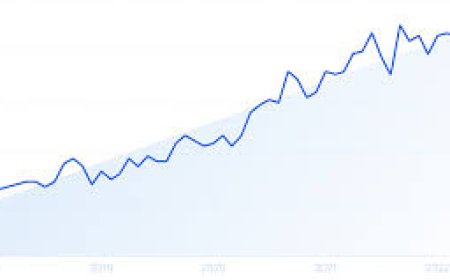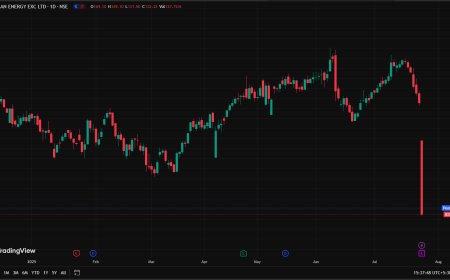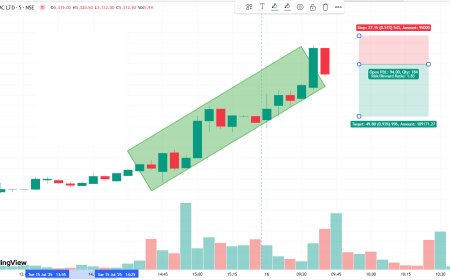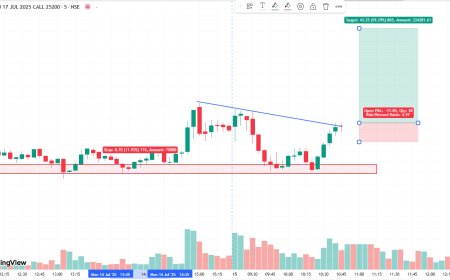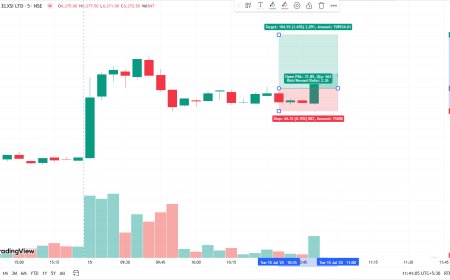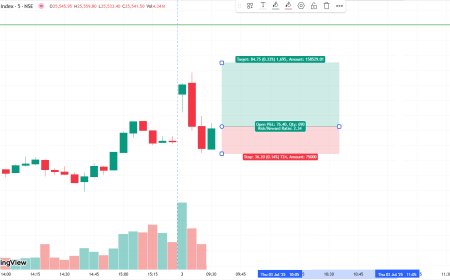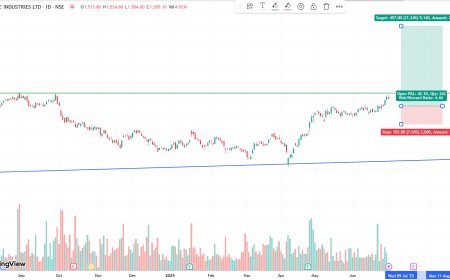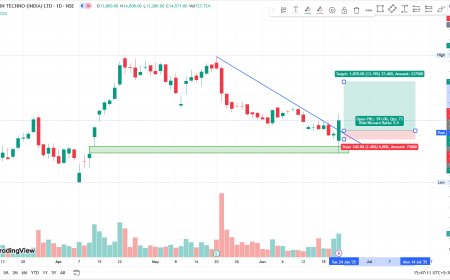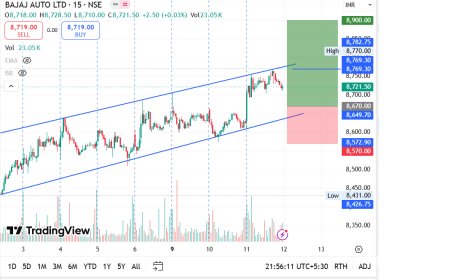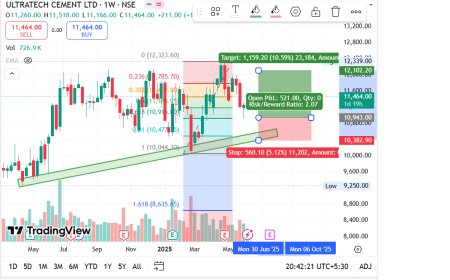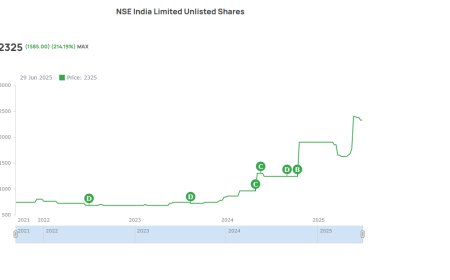US Yields Rise on Solid Jobs Gains; Rate Cut Bets Pushed to July
Explore how the latest US jobs report has influenced Treasury yields and reshaped expectations for Federal Reserve rate cuts, now anticipated in July.

US Yields Rise on Solid Jobs Gains; Rate Cut Bets Pushed to July
In a significant market development, U.S. Treasury yields have surged following the release of a stronger-than-expected jobs report for April. This robust employment data has led financial institutions to revise their forecasts, pushing anticipated Federal Reserve rate cuts to July.
Strong April Jobs Report Surpasses Expectations
The U.S. Labor Department reported that the economy added 177,000 jobs in April, surpassing economists' expectations. The unemployment rate held steady at 4.2%, indicating a resilient labor market. Wage growth remained healthy, aligning with the Federal Reserve's inflation target. This robust employment data suggests that the economy continues to expand at a steady pace, providing the Federal Reserve with more time to assess inflationary pressures before making any policy changes.(Reuters)
Treasury Yields Climb Following Jobs Report
In response to the strong jobs report, U.S. Treasury yields have risen to their highest levels in several months. The benchmark 10-year Treasury yield climbed to 4.405%, its strongest level since late November. Shorter-term yields also saw increases, reflecting investor expectations that the Federal Reserve may delay interest rate cuts due to the strength of the labor market. (Business & Finance News)
Financial Institutions Adjust Rate Cut Forecasts
Following the release of the April jobs report, major financial institutions have adjusted their forecasts for the timing of Federal Reserve rate cuts. Barclays and Goldman Sachs now project that the first rate cut will occur in July, rather than June, as previously anticipated. This adjustment reflects the view that the strong labor market provides the Federal Reserve with more flexibility to monitor economic conditions before implementing policy changes.
Market Implications and Future Outlook
The rise in Treasury yields indicates that investors are recalibrating their expectations for future interest rates. While the strong jobs report has led to a delay in anticipated rate cuts, uncertainties remain regarding the potential impact of ongoing trade tensions and other economic factors. Analysts will continue to monitor economic indicators closely to gauge the trajectory of the U.S. economy and the Federal Reserve's monetary policy decisions.
What's Your Reaction?
 Like
0
Like
0
 Dislike
0
Dislike
0
 Love
0
Love
0
 Funny
0
Funny
0
 Angry
0
Angry
0
 Sad
0
Sad
0
 Wow
0
Wow
0






























